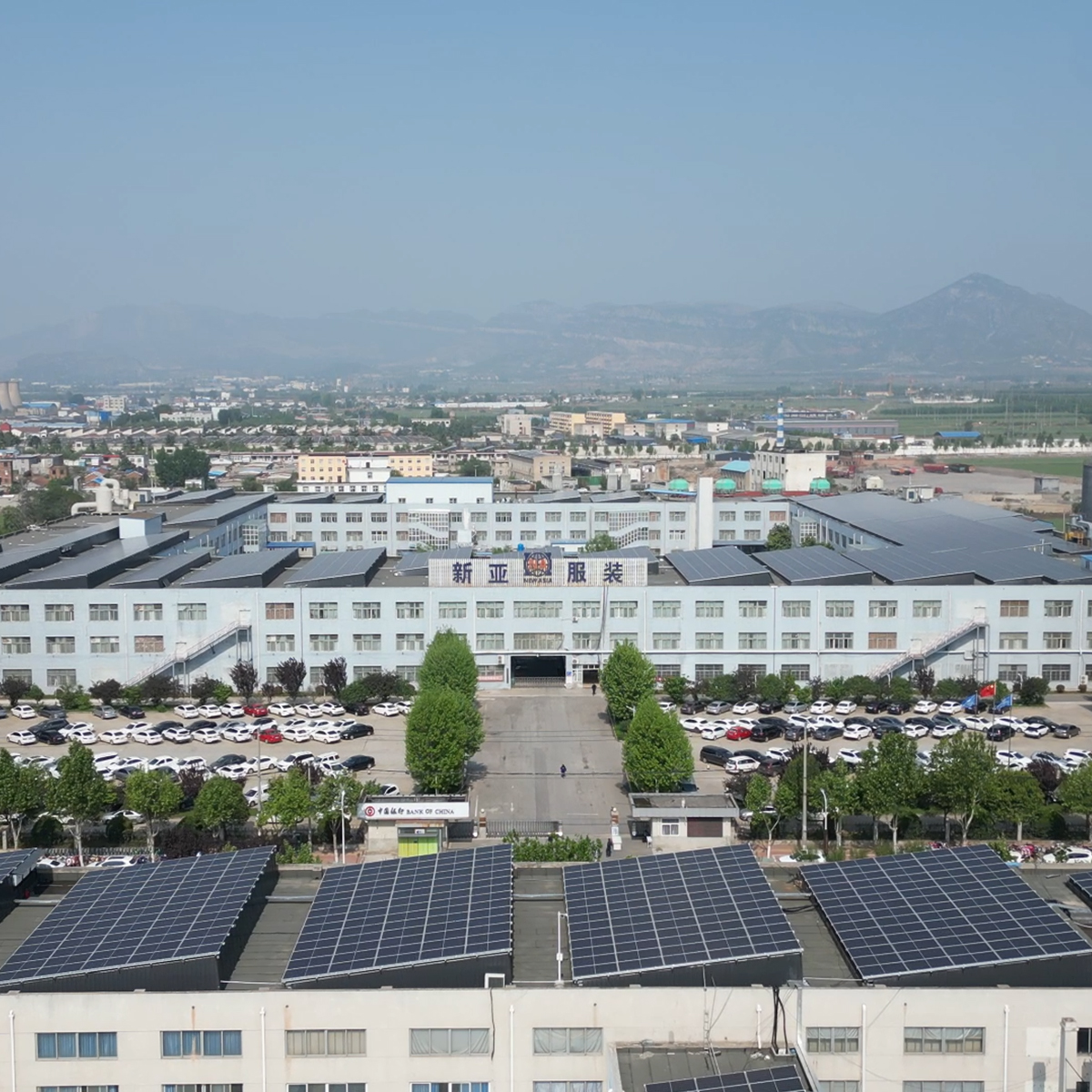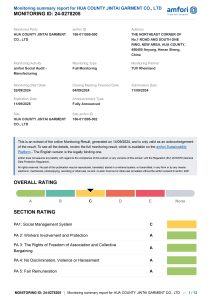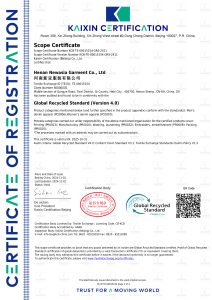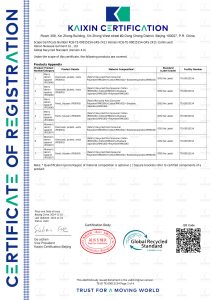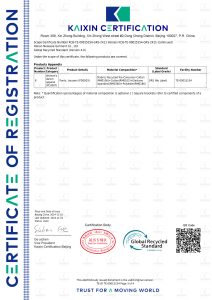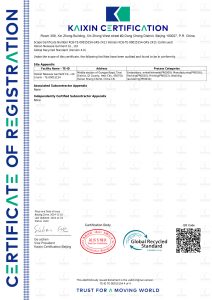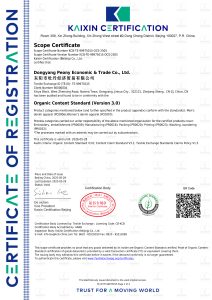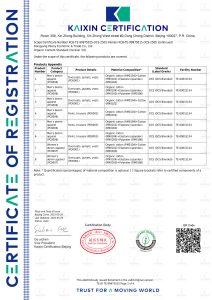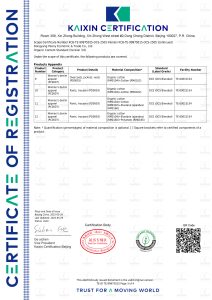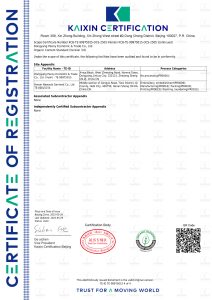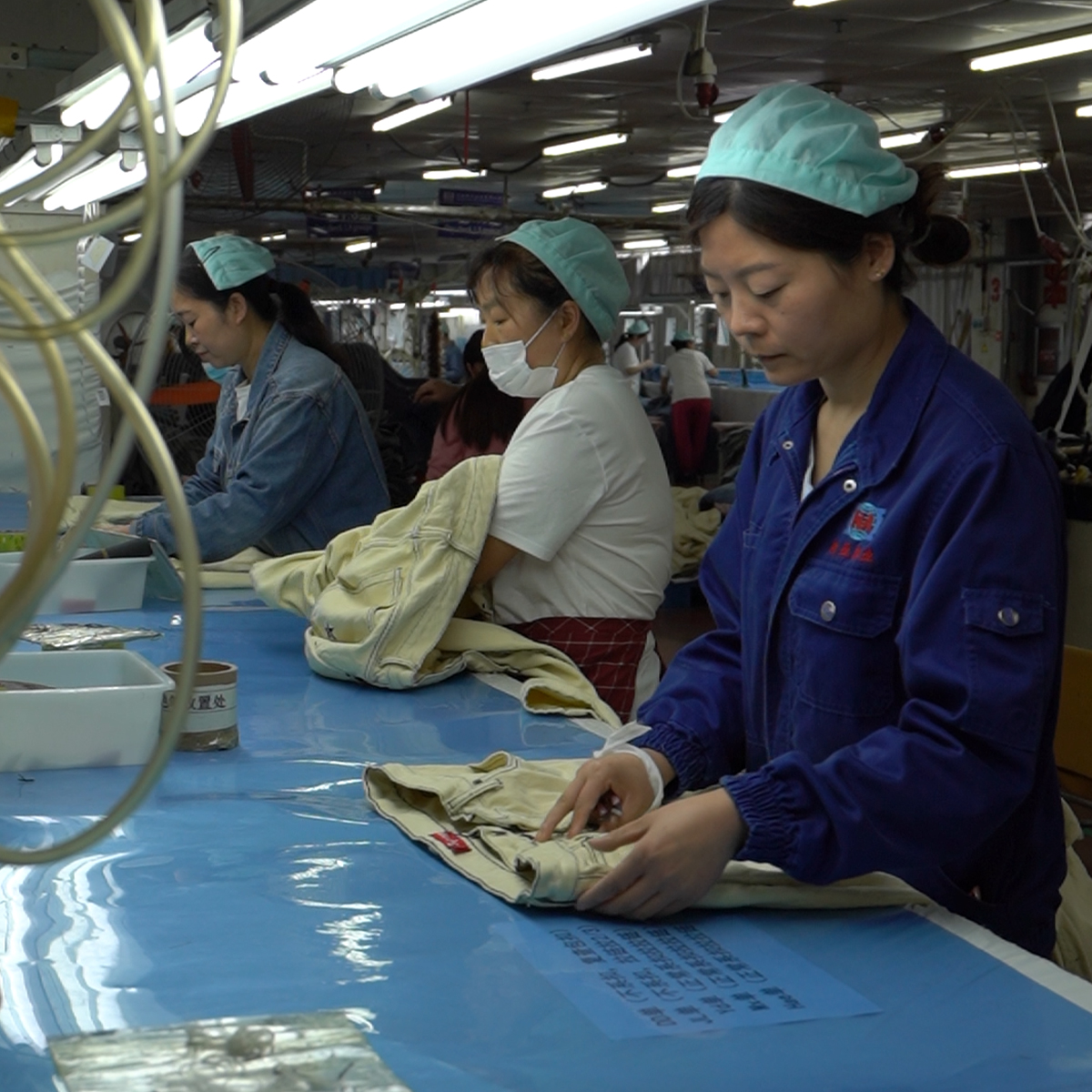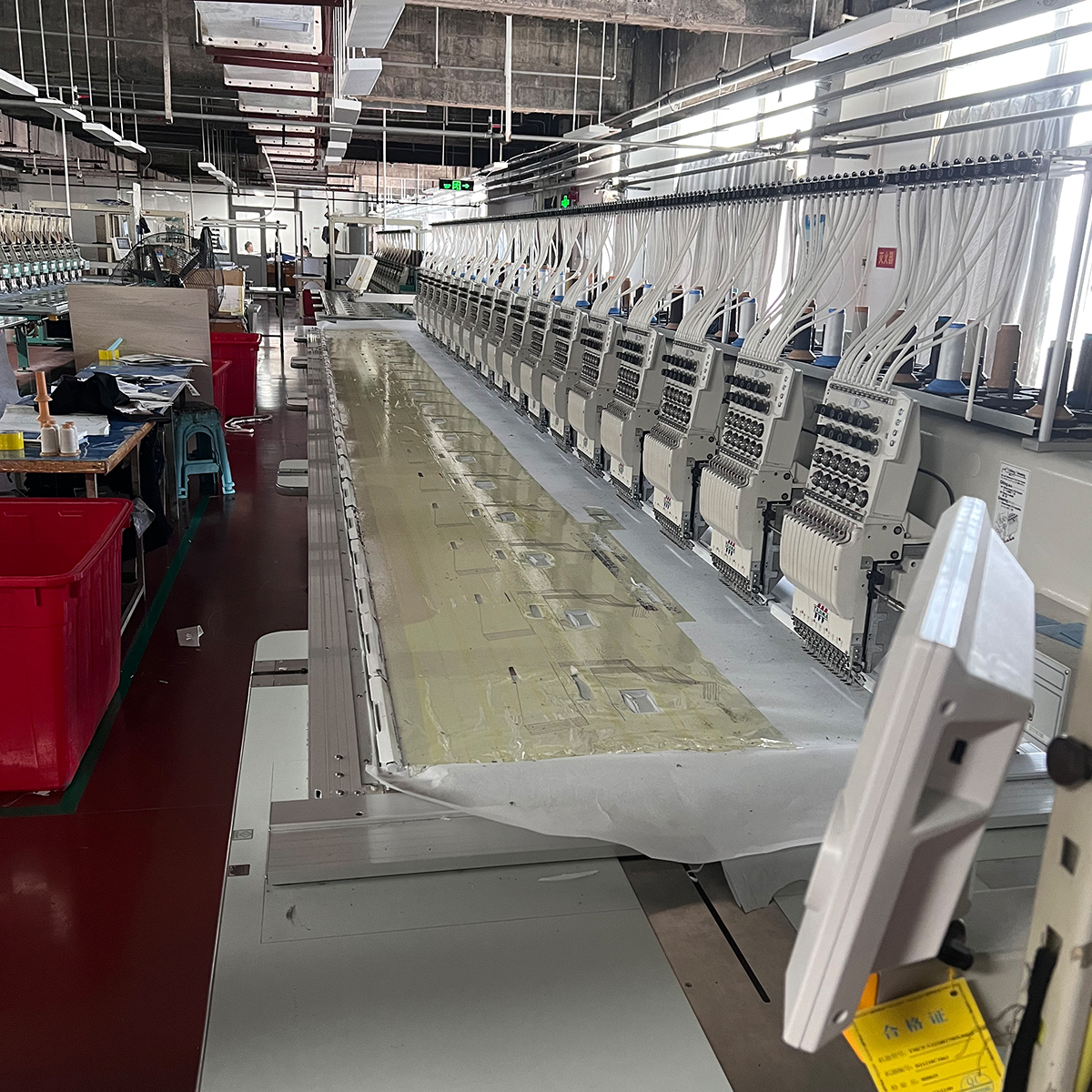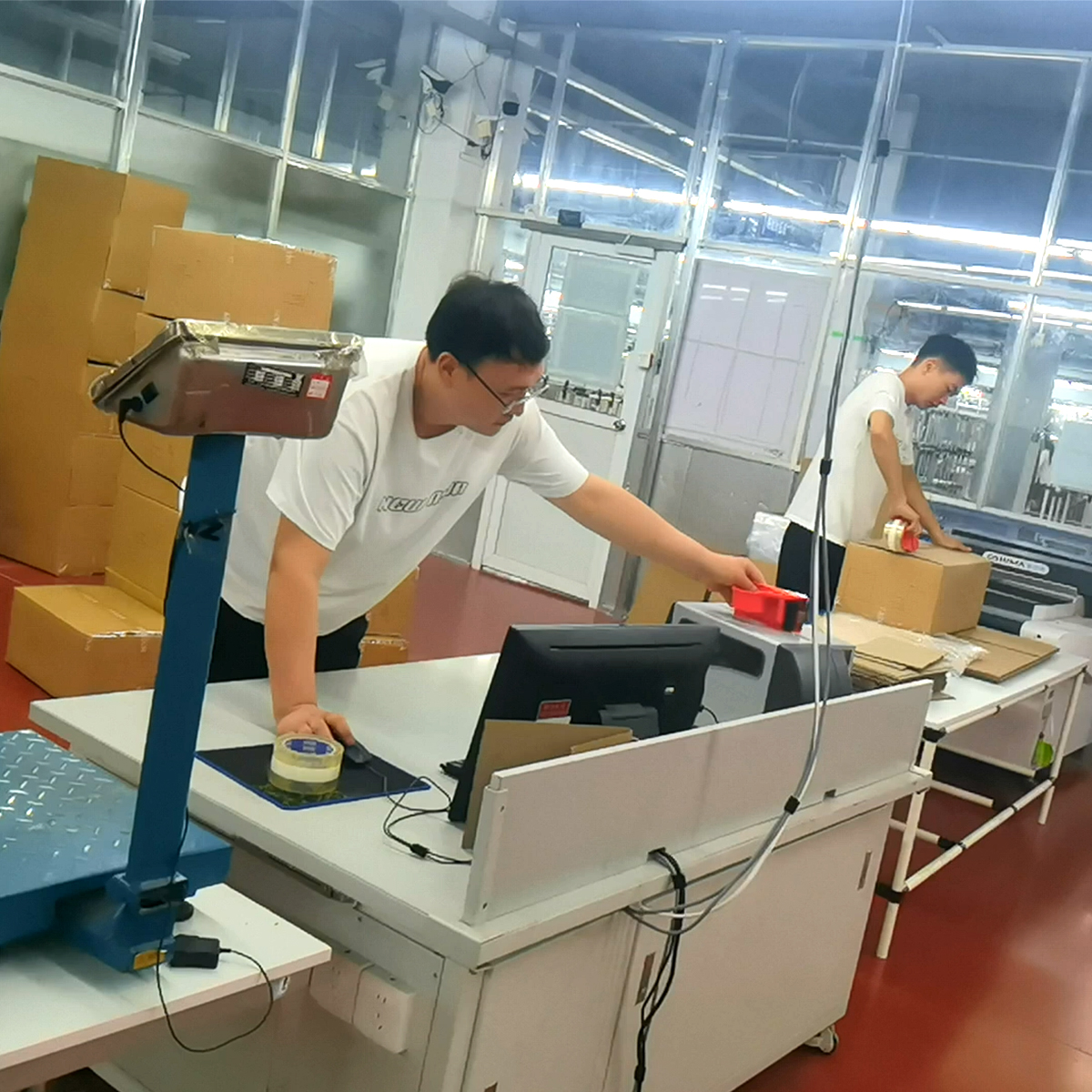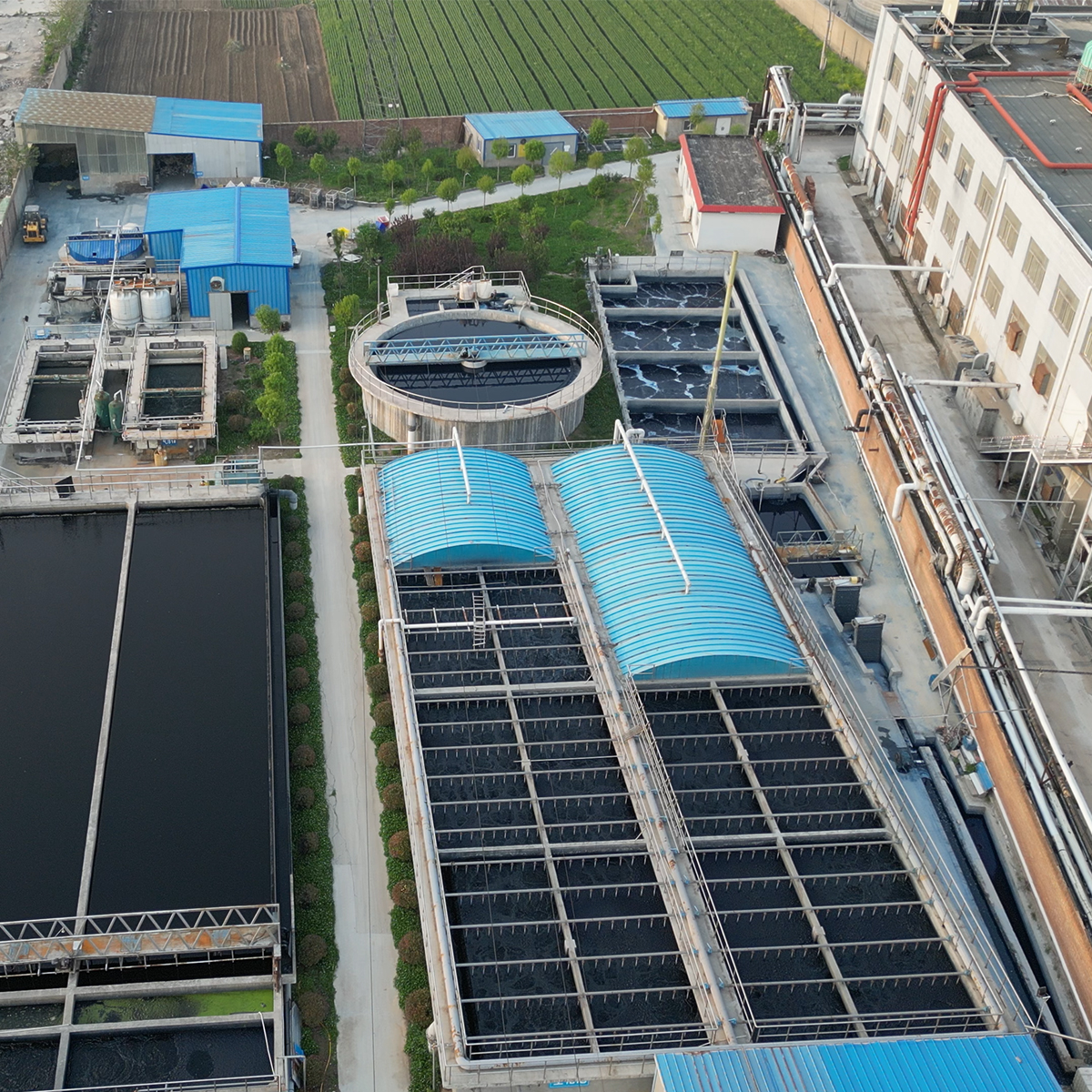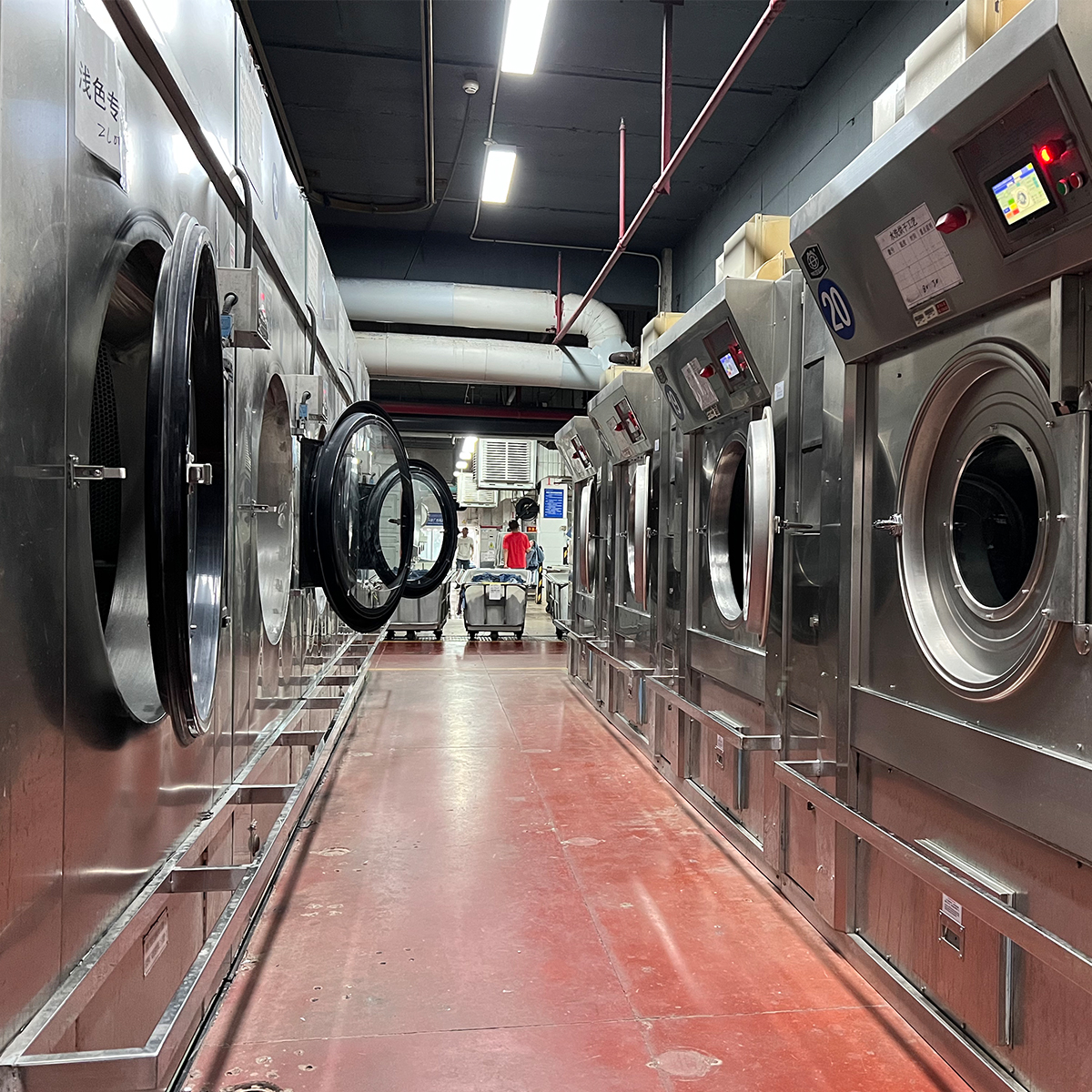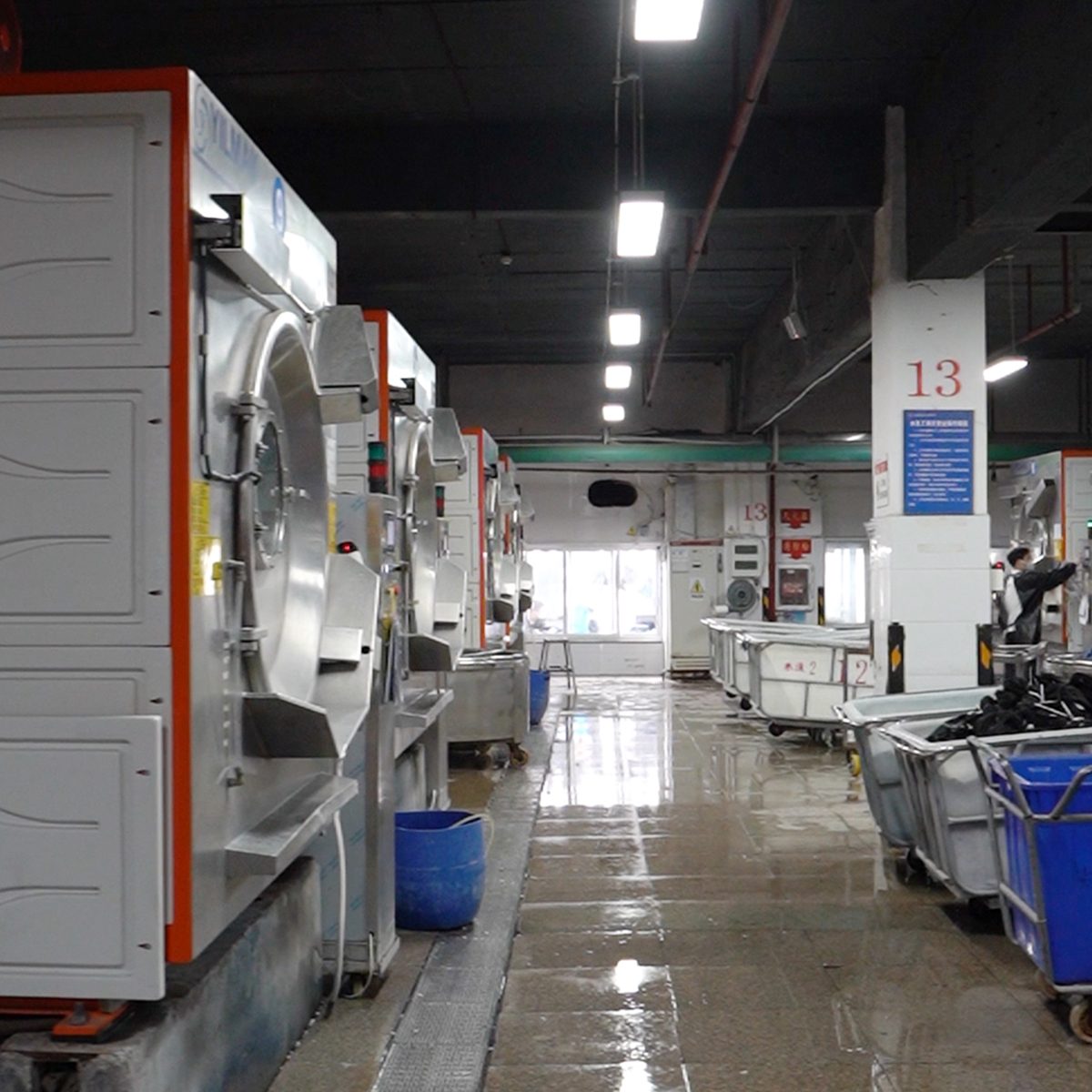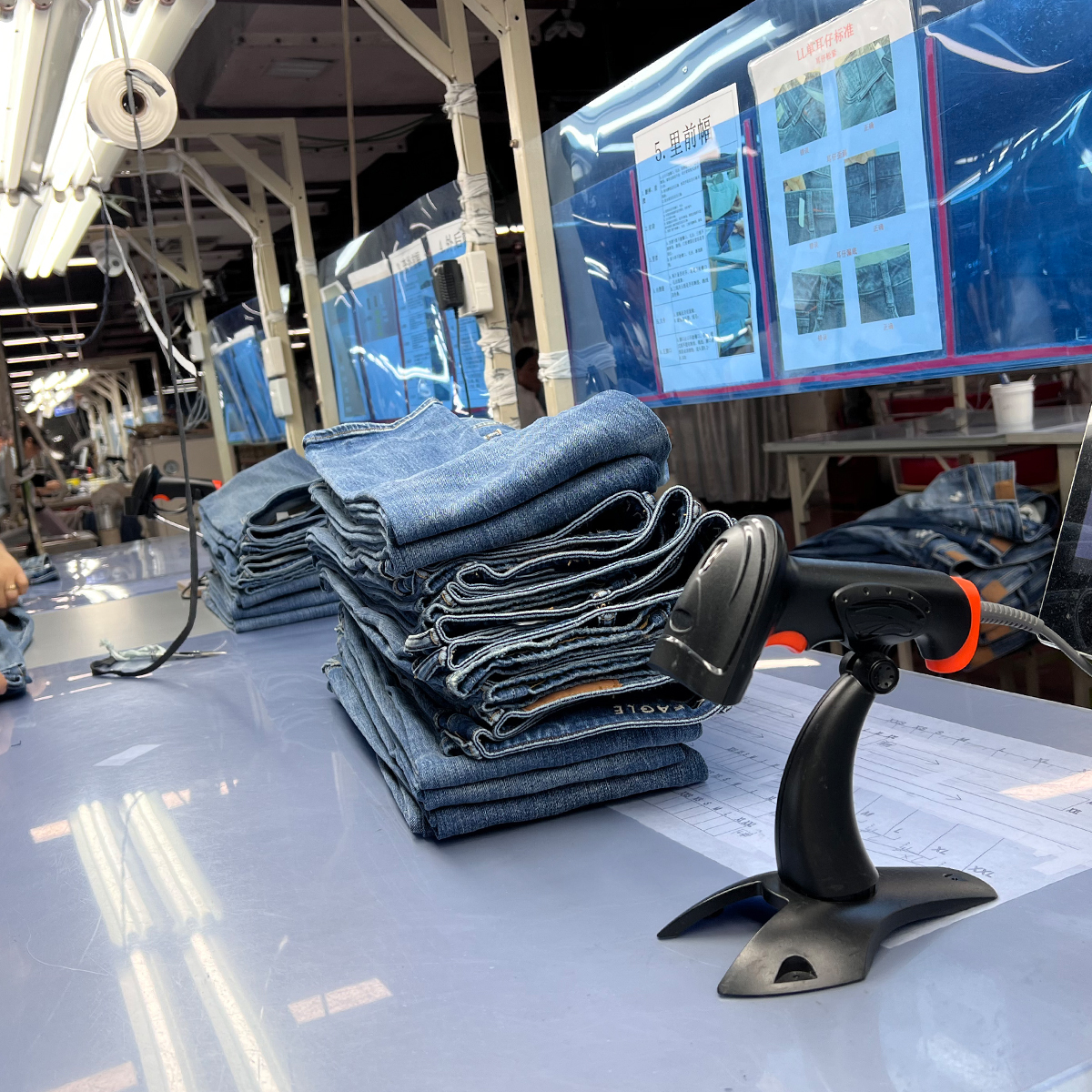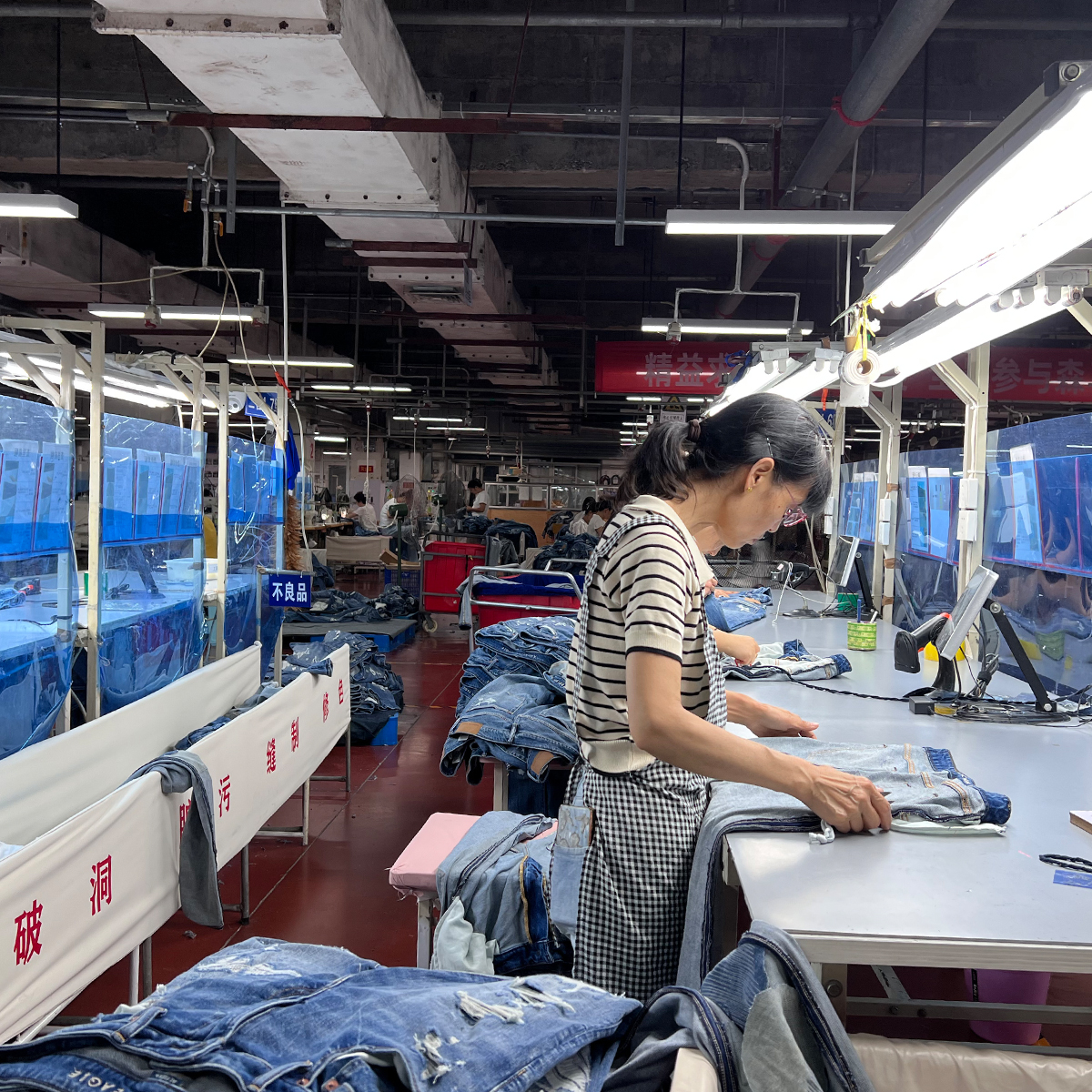The fashion industry has undergone a significant transformation over the past few decades, with various brands establishing their presence in international markets. Among these, Pepe Jeans has emerged as a prominent player, renowned for its stylish denim wear. This article delves into the significance of Pepe Jeans manufacturers in India, their growth trajectory, and how they are shaping the local economy while catering to a global audience.
The Genesis of Pepe Jeans
Founded in 1973 in London, Pepe Jeans quickly made a name for itself in the denim market, emphasizing quality, style, and youthful energy. Over the years, the brand expanded its reach beyond the UK, entering markets across Asia, including India. As India emerged as a lucrative market for denim products, Pepe Jeans manufacturers began setting up operations in the country, leveraging the booming demand for fashionable apparel.
The Indian Denim Market
India’s denim market has showcased remarkable growth, primarily driven by the youthful population and changing fashion preferences. With an increasing middle-class population and urbanization, more consumers are inclined towards branded denim that symbolizes quality and flair. According to industry reports, the Indian denim market is anticipated to witness a compound annual growth rate (CAGR) of around 11% over the next few years, providing a fertile ground for brands like Pepe Jeans.
Manufacturing Hub in India
India has transformed into a significant manufacturing hub for apparel, including denim. Several factors fuel this transformation:
- Cost Efficiency: With lower labor costs compared to developed countries, Indian manufacturers can produce quality denim at competitive prices.
- Skilled Workforce: A large population of skilled workers, particularly in textile technology and design, helps maintain the quality expected from an international brand.
- Proximity to Raw Materials: India is among the largest producers of cotton in the world, ensuring easy access to raw materials required for denim manufacturing.
- Government Support: The Indian government has introduced various initiatives to boost the textile and apparel industry, encouraging foreign investments and fostering local brands.
The Process of Manufacturing Pepe Jeans
The manufacturing process of Pepe Jeans in India involves multiple stages, from sourcing raw materials to the final production of finished products:
1. Sourcing Raw Materials
Manufacturers procure high-quality cotton and other fabrics that meet international standards. Sustainability has become paramount, prompting many manufacturers to source organic cotton and chemicals that are less harmful to the environment.
2. Production Techniques
State-of-the-art machinery and techniques such as laser cutting and eco-friendly dyeing processes enhance efficiency. Adopting advanced technology not only speeds up production but also ensures uniform quality across batches.
3. Quality Control
Quality is a hallmark of the Pepe Jeans brand. Strict quality control measures are in place to ensure that every piece meets international quality standards. This includes checking for stitching, fabric integrity, and overall finish before the garments enter the market.
4. Design and Development
The design team, often consisting of both local and international talents, focuses on creating designs that resonate with the fashion sensibilities of the Indian youth while retaining the brand’s signature style. This amalgamation of global styles with local sensibilities fosters a unique product range.
Sustainability and Ethical Practices
Today’s consumers are more conscious about the brands they support and the impact those brands have on the environment. Pepe Jeans manufacturers in India are increasingly adopting sustainable practices, such as:
- Using eco-friendly dyes and finishes
- Implementing water-saving technologies in the dyeing process
- Reducing waste through efficient production techniques
- Investing in recycling initiatives
These practices not only help protect the environment but also resonate with a demographic that values corporate responsibility, thus increasing brand loyalty.
Market Presence and Product Range
Pepe Jeans offers a diverse product range, from jeans to shirts, jackets, and accessories. Each garment embodies contemporary trends tailored to the preferences of the Indian consumer. The brand’s marketing strategies often include collaborations with influencers and participation in fashion events, resulting in a strong brand presence and a loyal customer base.
Retail Strategies
Pepe Jeans employs various retail strategies to enhance customer engagement. These include:
- Multi-Channel Approach: By leveraging online platforms and physical stores, Pepe Jeans ensures wider reach and convenience for consumers. The brand’s e-commerce presence is strong, with numerous collaborations with major online retailers.
- Experiential Marketing: Creating immersive experiences through pop-up stores and events allows potential customers to engage with the product and brand philosophy.
Challenges in the Industry
Despite the growth opportunities, Pepe Jeans manufacturers in India face several challenges. Market competition is fierce, with numerous domestic and international brands vying for attention. Additionally, fluctuating raw material costs and supply chain disruptions pose risks that manufacturers must strategically navigate. However, by emphasizing quality, sustainability, and innovation, brands like Pepe Jeans can differentiate themselves and maintain their competitive edge.
The Road Ahead for Pepe Jeans in India
The future looks promising for Pepe Jeans in India. With ongoing investments in technology and sustainable practices, coupled with a robust supply chain, the brand is poised to capitalize on the growing demand for quality denim wear. As the Indian market continues to evolve, leveraging cultural insights to refine product offerings will be key to retaining relevance and ensuring sustained growth.







